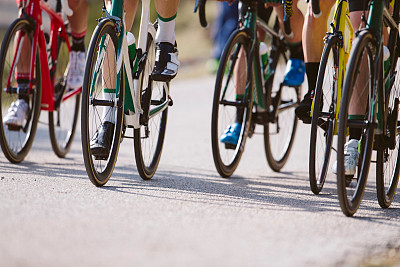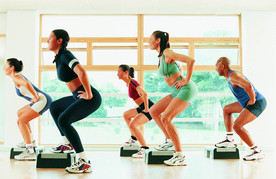Why Cycling Supports Weight Loss and Better Body Composition
Cycling is a rhythmic, predominantly aerobic activity that recruits large muscle groups of the lower body while remaining comparatively gentle on the joints. Because intensity and duration are easy to adjust by pace, gear, and terrain, regular riding can be performed frequently enough to raise total energy expenditure week after week. This repeatability is the main reason cycling helps with weight loss and body reshaping: it makes sustained, comfortable work possible, which allows body fat to be reduced gradually while fitness improves.
From a cardiometabolic perspective, consistent cycling strengthens the heart and lungs, improves endothelial function and circulation, and enhances insulin sensitivity. These adaptations support more effective use of fat and carbohydrate during exercise and at rest, contributing to reductions in visceral fat and healthier blood lipids over time. Many riders also notice better stamina in daily life, steadier energy, and improved sleep—changes that make it easier to keep nutrition and training on track for the long term.
Cycling builds muscular endurance in the quadriceps, hamstrings, gluteals, and calves and engages the core to stabilize posture on the bike. This balanced, repetitive loading refines leg definition and function. While cycling alone rarely produces large muscle hypertrophy like dedicated strength training, it helps preserve lean mass during weight loss and pairs well with simple resistance work for more pronounced physique changes. The combination of steady aerobic riding and brief strength sessions is an efficient approach to improving body composition.
Training effectiveness depends on controllable details such as intensity, cadence, posture, and safety. A moderate effort that keeps breathing steady is ideal for most rides; this is often achieved with a comfortable cadence, commonly in the vicinity of 70–90 pedal revolutions per minute for recreational cyclists and somewhat higher for trained riders. Maintain a neutral spine, relaxed shoulders, light hands on the bars, and a smooth circular pedal stroke to establish an easy rhythm. Descents are best treated as controlled recovery rather than opportunities to coast for long periods; the work that drives adaptation occurs on flats and climbs, while downhill segments should be ridden safely and within speed limits.
Attention to fit and injury prevention makes riding sustainable. Set saddle height so the knee retains a slight bend at the bottom of the stroke, and adjust reach so the torso is supported without excessive pressure on the hands or perineum.







